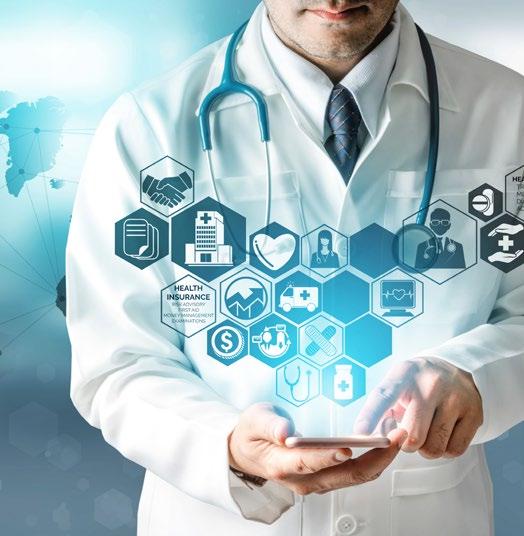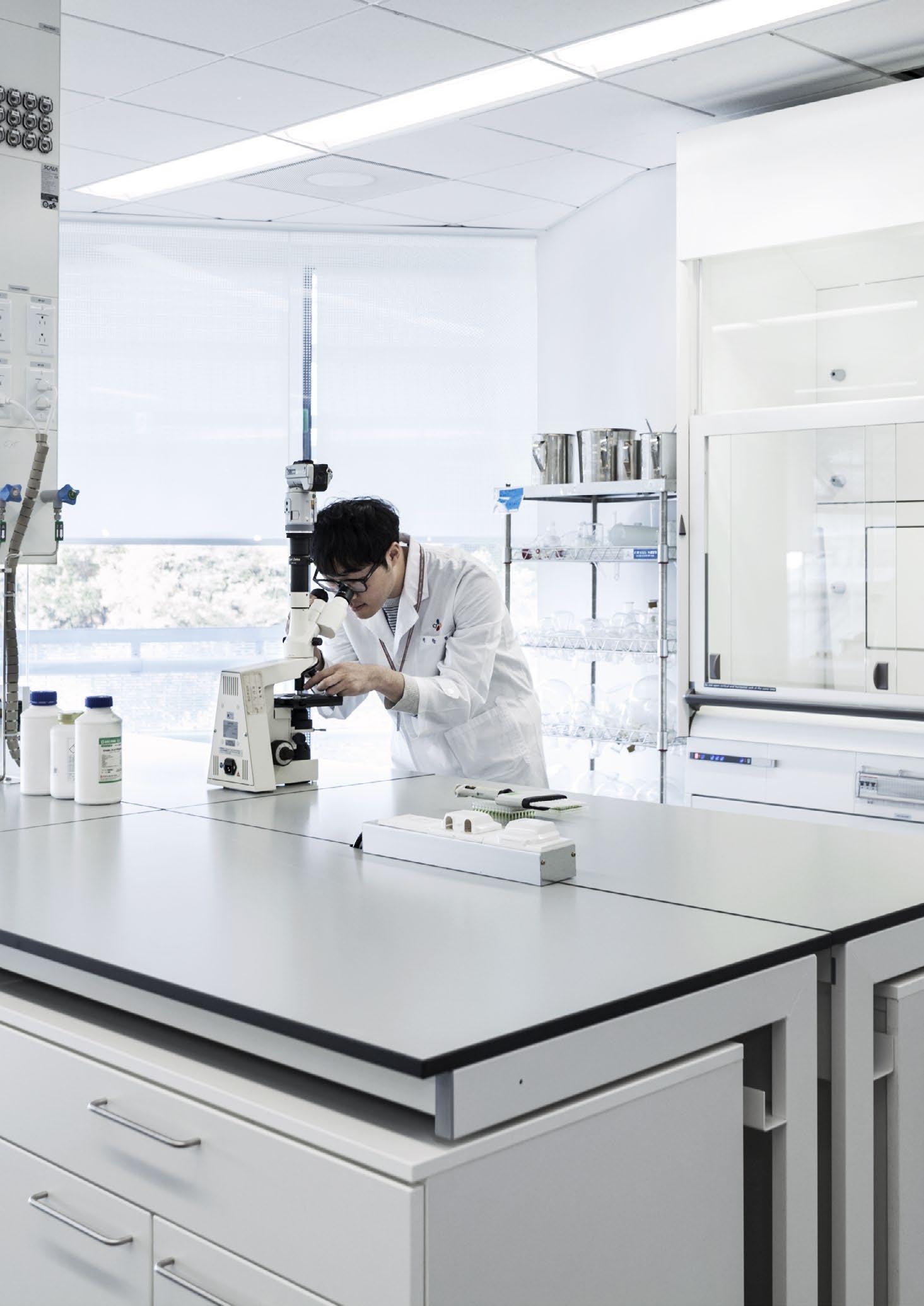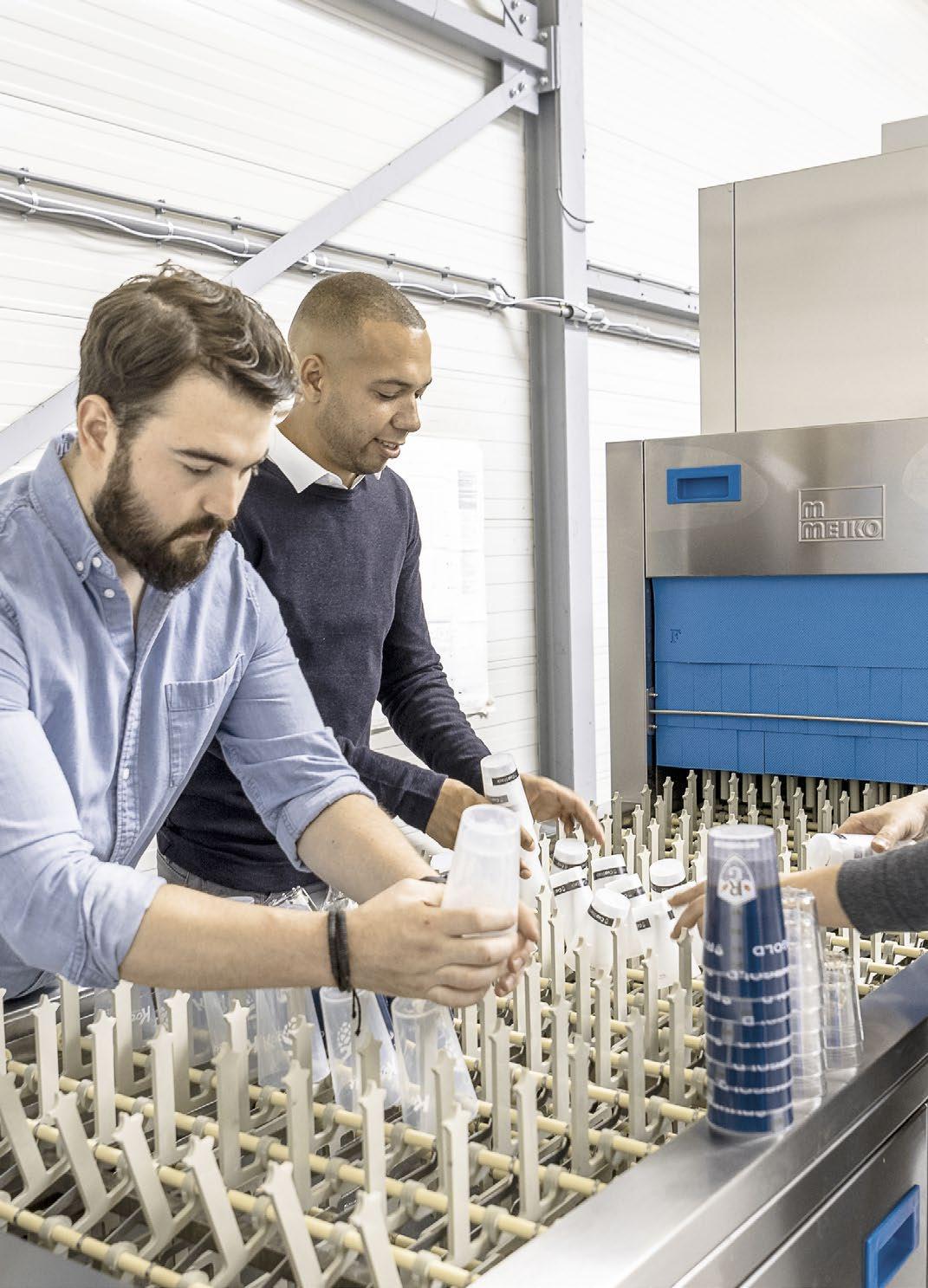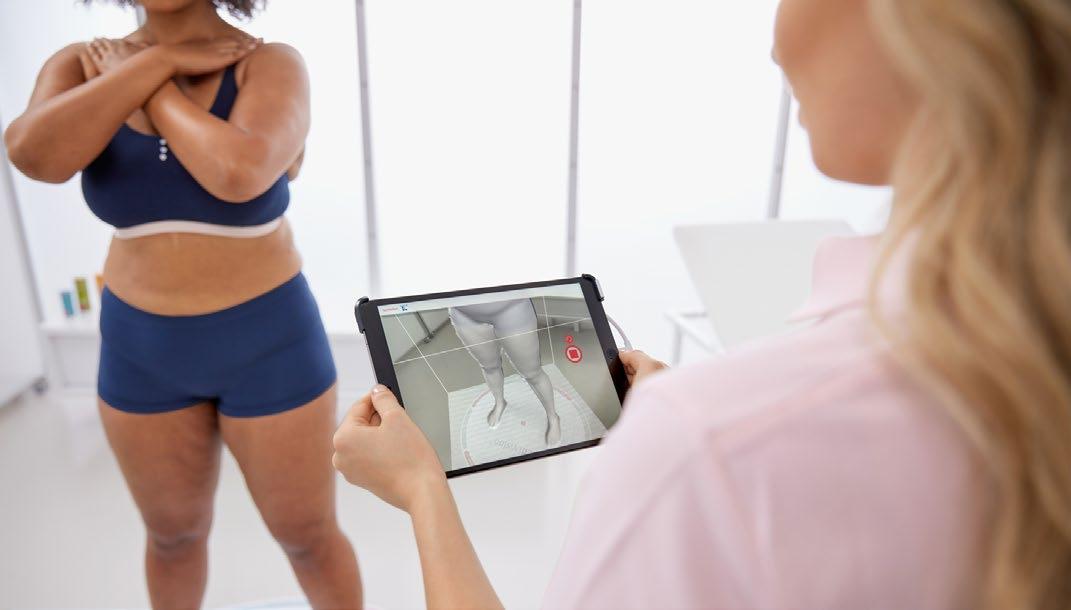
4 minute read
Cell and gene therapy: The next milestone in fighting diseases
Gene Therapy
By Bayer
Advertisement
Our approach to medicine and how we diagnose, treat, and beat diseases has changed remarkably over the last hundred years.
From X-rays to DNA sequencing, rapid advances in both our knowledge and technology have meant illnesses that were once considered life sentences can now be overcome or at least managed more effectively.
However, despite this incredible improvement, there remain many diseases and disorders that are incurable and continue to be hugely destructive to so many people’s lives. One in five people in developed countries, for example, will develop heart failure, while around 50 million people suffer from Alzheimer’s or related dementia worldwide.
But what if there was a way of beating these previously untreatable illnesses? What if we could get to the root cause of the illness and stop it at its source?
This is what cell and gene therapy seek to do. Scientists are on the cusp of huge breakthroughs in a new field of medicine that would create a new paradigm for healthcare – one that could potentially cure even the most difficult diseases by focusing on the building blocks of our bodies, our genes and cells. Cell and gene therapy looks at illness at a molecular level, seeking to replace damaged or dysfunctional molecules.
See how cell and gene therapy could change the way we treat diseases
Gene Therapy WHAT ARE IPSCS?

What is cell therapy?
Simply put, cell therapy is the use of living cells to make people better. In reality, of course, it is rather more complex.
The idea of transferring viable cells to a patient in order to lessen or cure a disease is not new – blood transfusions have been around for almost a century and the first bone marrow transplant was more than 50 years ago. But in the past couple of decades, major advances in research around stem cells have made it possible to grow and reprogram cells to help the body repair itself by replacing damaged cells with healthy new ones.
The human body is made up of around 200 different types of cells, each specialised to carry out a particular role. Stem cells are cells that have not undergone differentiation. They are the all-rounders of the body, from which all types of cell tissue are formed. This makes them incredibly valuable.
The pioneering work of John Gurdon and then Shinya Yamanaka has meant that scientists are now able to convert adult cells, such as skin cells called fibroblasts, into what are called induced pluripotent stem cells (iPSCs). These reprogrammed cells can theoretically then be differentiated into almost any type of cell and, therefore, almost any tissue type.
This has laid the foundations for the rapidly growing and exciting field of regenerative medicine – where cells that may originate from the patient (autologous cells) or a donor (allogeneic cells) are engineered and cultivated outside the body and then transferred to the patient in order to repair or replace damaged ones.
BlueRock Therapeutics, for example, is using iPSCs as a platform to manufacture and replace lost or damaged cells that the body needs to repair itself due to neurological, cardiovascular or immune disorders. The company’s goal is to reverse the symptoms of devastating conditions like Parkinson’s disease – the fastestgrowing neurodegenerative disorder in the world.
What is gene therapy?
Many diseases are caused by a dysfunctional gene and/or a mutation that leads to a certain condition such as haemophilia, Huntington’s disease or sickle cell anaemia. Gene therapies focus on the use of genetic material as a drug, correcting or replacing the abnormal gene function causing it.
Gene therapy can take several forms. Ex vivo gene therapy works by isolating cells with a genetic defect from a patient, growing these cells in a culture, introducing the therapeutic gene to the cells and then transferring these into the body to help fight a disease. In vivo gene therapy, on the other hand, sees a functioning gene inserted into a carrier or vector (such as a non-pathogenic, non-replicating virus) and this is then injected directly into the bloodstream.
Asklepios BioPharmaceutical (AskBio), for example, is a pioneer in vivo gene therapy. AskBio’s scientific co-founder, Jude Samulski, was the first to demonstrate that an adenoassociated virus (AAV) could be cloned for therapeutic purposes. AAV is a harmless virus bioengineered to carry a healthy gene to target cells in a patient with a genetic disease.
Curing the incurable?
Together, cell and gene therapy could change the way we approach defeating a disease. So far, some of the biggest strides in this new field of medicine have been in oncology. For example, CAR-T therapies, which involve extracting and re-programming T-cells (a type of immune cell), to equip them to more effectively detect and kill cancer cells, have shown huge potential.
The future is enormously exciting – cell and gene therapy could lead to far more targeted, personalised treatment. It could also mean we find a way to finally defeat diseases that we once thought incurable.
About us
Bayer is a global enterprise with core competencies in the life science fields of health care and nutrition. Its products and services are designed to help people and the planet thrive by supporting efforts to master the major challenges presented by a growing and aging global population. Bayer is committed to drive sustainable development and generate a positive impact with its businesses. For further information visit www.bayer. com.au










